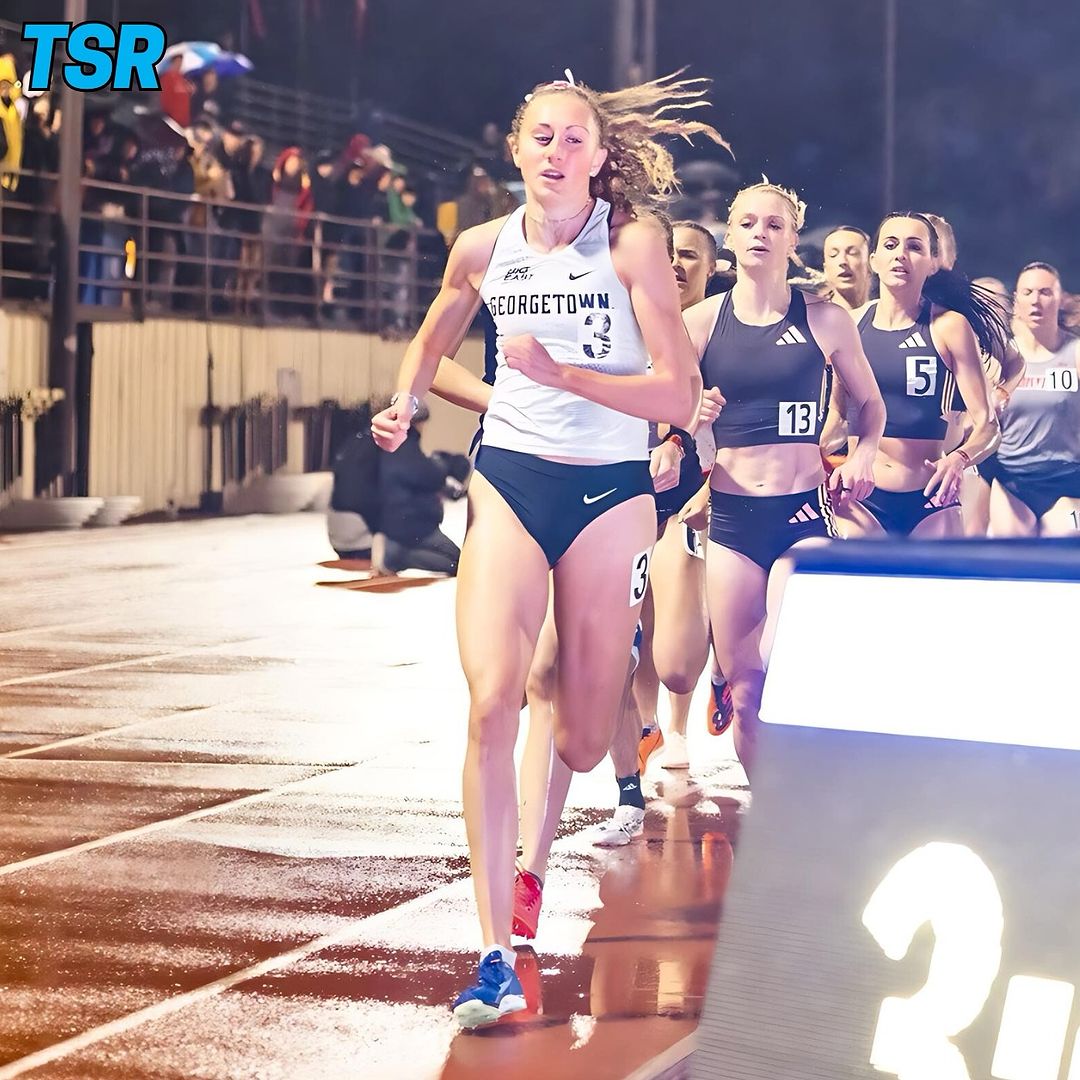When Andy Weaver crossed the finish line in first place at the 2011 cross country national championships, the scene wasn’t anything like he had imagined. For starters, Weaver wasn’t winning the NCAA Division I Championship in Terre Haute, Ind. — he was destroying the field at the National Intercollegiate Running Club Association championship in Charlotte, N.C.
Just a year ago, Weaver finished 24th at the NCAA regionals and was plotting his strategy to earn a berth in the national meet for the following season. Unfortunately for Weaver and the rest of the University of Delaware team, the university decided to drop the team following last season due to Title IX restrictions, forcing Weaver and his teammates to continue running elsewhere.
So they turned to NIRCA, where they were able to share their love for running with a staggering total of 525 college runners. From Weaver, who finished in 23:59, to the slowest runner, who crossed the line in 51:38, NIRCA has afforded the opportunity for all college runners who were unable to run varsity for any number of reasons the chance to experience the thrill of competition. Anyone can join; my twin brother even started his own NIRCA-sanctioned club.
This isn’t an unfamiliar story; club sports are common on nearly every campus. It just speaks volumes to the success of the NIRCA program to attract teams from as far away as Oregon and California. In all, NIRCA spans across 30 states and represents over 90 clubs.
So what are the advantages in organizations like NIRCA or the governing bodies for club soccer and wrestling (which each had over 70 participants in their national competitions)? For starters, an estimated two million students participate in club sports, meaning that these governing bodies provide two million individuals with the experience of competing on an athletic team in college.
The greatest strength in these organizations is their inclusivity. In the case of NIRCA, the qualifying process for the national championship consists of having a few members run at least one sanctioned meet over the course of the fall season. By shutting off only non-active clubs from the national championships, NIRCA was able to host 824 runners.
As overly played-out as the storyline is in cinema, there really is an identity issue in high school athletes who do not go on to play at the collegiate level. Most of us can still remember the feelings of relief mixed with emptiness at the conclusion of our high school careers, whether it ended in a heart-breaking postseason loss in a one-run game with a runner on third (true story about my baseball career) or a state championship. Previously, the majority of us were defined at our schools by which sport we played, a label that disappeared when we entered college.
Through the efforts of NIRCA and other club organizations, athletes like Andy Weaver and others are learning how to just enjoy the sport without the label, a deep love that can last a lifetime. We still get the opportunity to participate in the game we love and against others with similar interests and skill levels. I’ll never run an 8K in 23:58 like he did, yet I still find myself in a sprint finish against an unknown participant from Eastern Michigan. Without NIRCA, there’s very little chance I’d ever even meet anyone from Eastern Michigan.
For those of us not among the 430,000 athletes under the NCAA and NAIA umbrella, club sports represents an opportunity to still participate in the team dinners, bus rides and competition of sport. Some of us, like Andy Weaver, compete after our promising careers were cut short by events out of our control. Still others just join to get in shape and to have fun in the process.
Despite the motivations, the NIRCA cross country championships stand as an example of the benefits of a well-organized governing body for club sports. By providing so many opportunities for so many runners, this organization is able to effectively service former collegiate runners capable of running sub-5-minute miles and runners who fail to run a mile in less than 10 minutes. For them and for everyone in between, NIRCA has facilitated many opportunities and experiences that would otherwise be left in high school.
Corey Blaine is a junior in the McDonough School of Business. The Bleacher Seats appears every Friday.














